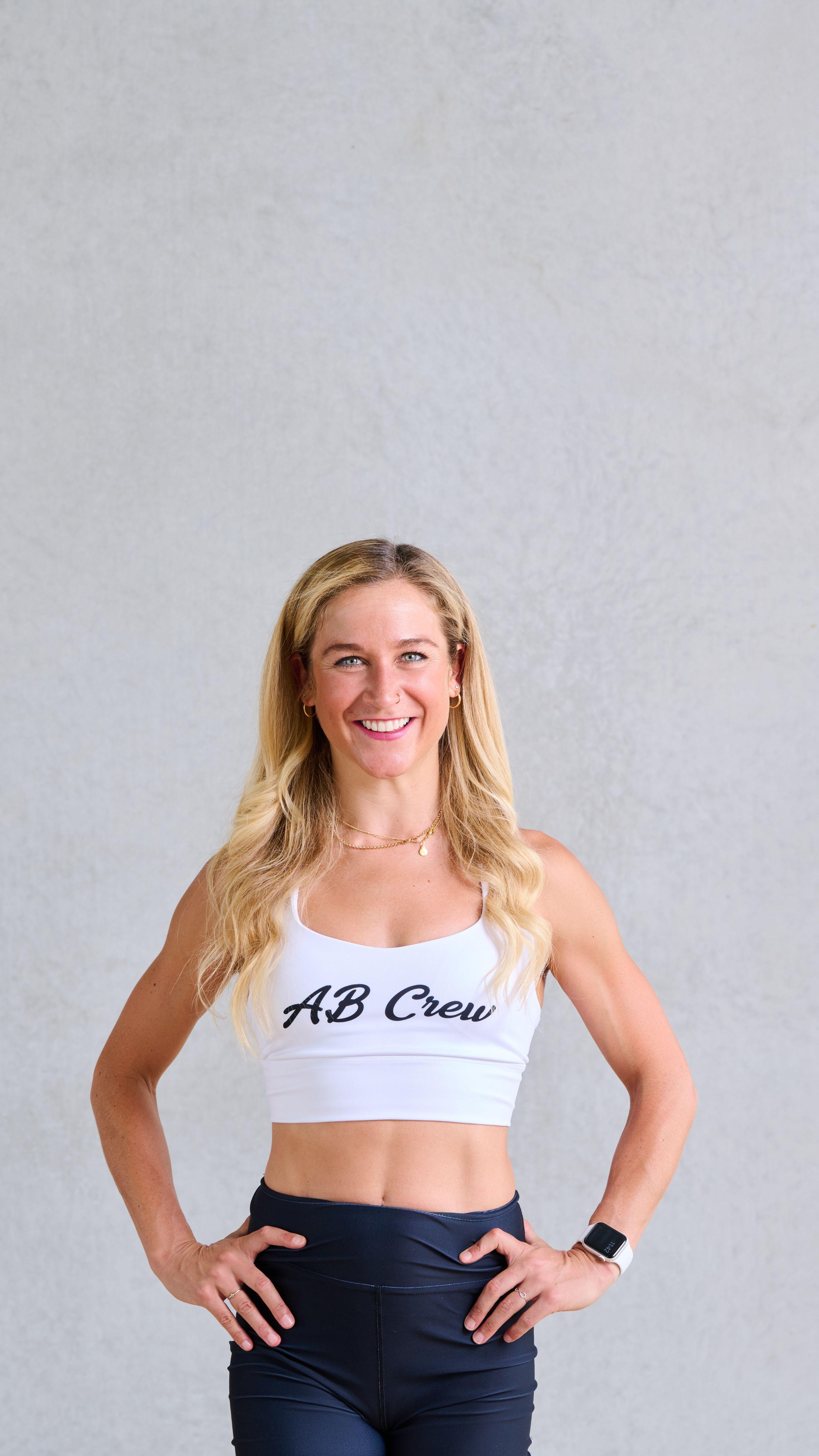Shin Splints: Why They Happen and How to Stop Them in Their Tracks
If you’ve ever felt a dull, aching pain along the inside of your shin after a run, you’re not alone. Medial Tibial Stress Syndrome (MTSS), better known as shin splints, is one of the most common injuries among runners, especially after ramping up distance or speed.
What Are Shin Splints?
Shin splints are caused by inflammation in the muscles and tissues that attach to the inner edge of your shin bone (tibia). You’ll usually feel a broad, aching pain along a 5cm section of your shin (rather than a sharp, pinpoint pain, which would instead suggest a stress fracture). They’re particularly common in high-impact sports like running, and often show up when the lower leg is overloaded and can’t keep up with the demands being placed on it.
What Causes Shin Splints?
Shin splints are a classic overload injury. They tend to pop up when the body is struggling to absorb the impact of running. A few key factors that can increase the risk, include:
- A sudden increase in running distance, speed or frequency
- Over pronation (where the foot rolls in too much)
- Tight calves or weak lower leg muscles
- Poor footwear without enough cushioning or support
- Lack of strength in the feet, calves, glutes or hips
Getting on top of these factors early is the best way to treat and prevent shin splints.
How to Treat and Prevent Shin Splints
The good news? Shin splints can usually be managed without needing to stop running altogether - if you get onto it early! Here are some simple but effective ways to treat and prevent shin splints:
1. Reduce load: Scale back high-impact activities to allow inflammation to settle, then gradually build back up.
2. Release tension: Use massage, dry needling, foam rolling, or even ice massage to ease tight muscles.
3. Strengthen up: Focus on building strength in the calves, feet, glutes and hips to support your legs properly.
4. Include mobility: Gentle stretching through the lower body can provide short-term relief and improve flexibility.
5. Check your running technique: Small tweaks in your running mechanics can reduce impact forces and ease strain on your shins.
6. Choose the right shoes: Look for footwear with good cushioning and arch support, especially if you over pronate.
7. Try taping: Taping techniques, like arch support or Kinesio taping, can help reduce symptoms and support your lower leg.
How Pilates Can Help
Mat Pilates (especially when designed with runners in mind) is a fantastic way to build strength through your whole body, not just your legs. It targets the core, hips and pelvis; key areas that help keep your running technique efficient and balanced. Including Pilates in your weekly routine can reduce your risk of shin splints and support long-term performance.
When Can You Start Running Again?
Returning to running after shin splints is a gradual process. Before you jump back in, make sure you can:
- Walk pain-free
- Hop on one leg with little or no discomfort
- Match the strength of your injured leg to the uninjured side
- Move your ankle and calf through full range without pain
From there, you can start a walk-jog program and slowly rebuild your running volume under guidance, if needed.
Final Thoughts
Shin splints don’t have to be a long-term setback. With the right mix of rest, strength work, technique tweaks and smart training progression, you can recover well and prevent them from coming back. And remember, sometimes the smartest move you can make is to pull back slightly now so you can run stronger and longer later.
Find Out More
Classes on the forRunners app are designed specifically for Runners in mind. They therefore focus on including strength and mobility to reduce injuries such as shin splints and improve your run performance. Jump on a FREE 7 Day Trial to learn more!
Alice Baquie
Founder of For Runners, Physio & Pilates Instructor

About Alice Baquie
Alice has been a physio for fourteen years and specialises in injury prevention and management for runners. Alice has represented Australia in distance running and gymnastics so has sound knowledge of athletic performance and understands the importance of strength conditioning and mobility to help keep the body moving effectively to mitigate injuries.
Alice, otherwise known to her wonderful pilates community as AB is a fun loving inclusive person always ready to chat and have a laugh and has hosted 1000’s of online classes which attract people from all around the world, including 25 Aussie Olympians.


